Video to 3D Model AI : Transforming Footage into 3D Worlds
AI-powered video-to-3D model technology converts 2D video footage into fully detailed 3D models. Using advanced machine learning techniques like NeRF (Neural Radiance Fields) and depth estimation, AI analyzes video frames to reconstruct realistic 3D objects and environments.To learn more about the cutting-edge advancements in NeRF technology, check out our in-depth guide on NeRF Technology: Revolutionizing 3D Rendering with AI-Powered Precision.
This breakthrough is transforming industries like gaming, AR/VR, architecture, and VFX, making 3D content creation faster and more accessible. Unlike traditional 3D modeling, which requires manual work, AI automates the process, delivering high-quality models with minimal effort.
How Video-to-3D Modeling Works
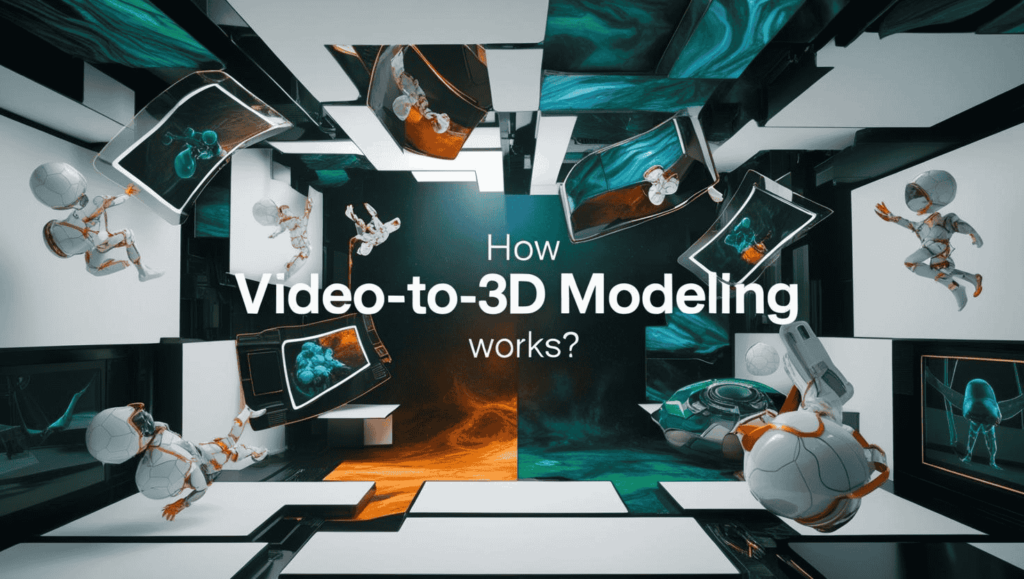
AI-based video-to-3D modeling is transforming the creation of 3D assets by automating core processes like frame extraction and depth estimation. In this first step, AI analyzes multiple video frames to estimate depth and construct a 3D structure, ensuring accurate proportions and depth for real-world objects. This automated approach lays the foundation for realistic 3D modeling without manual intervention. Neural rendering, another key process, uses deep learning to replace traditional polygon-based methods, generating photorealistic textures, lighting, and object details with a level of precision that mimics real-life materials.
Following neural rendering, volumetric reconstruction combines multiple depth maps into a unified 3D model, maintaining smooth surfaces, realistic lighting, and shadow effects. Technologies like NVIDIA Instant NeRF use these AI-driven techniques to convert 2D images or video frames into 3D scenes in real-time, making them perfect for applications in gaming, AR/VR, and CGI production. This approach allows for faster, more detailed 3D content creation, pushing the boundaries of what’s possible in immersive media.
AI Technologies Behind 3D Conversion

Several cutting-edge AI technologies are driving the automation, accuracy, and scalability of video-to-3D modeling. One such technology is NeRF (Neural Radiance Fields), where AI learns how light behaves in a scene to produce highly realistic 3D reconstructions from 2D inputs. NeRF eliminates the need for pre-defined meshes, unlike traditional polygon-based methods, and enables detailed models with photorealistic textures. Another key technology is volumetric rendering, which models light absorption and scattering instead of relying on polygons. This technique provides much richer textures and more realistic lighting effects, which are crucial for creating life-like 3D environments.
Additionally, GANs (Generative Adversarial Networks) play a pivotal role by refining textures, reducing noise, and enhancing realism in the generated 3D models. Depth estimation and Multi-View Stereo (MVS) techniques allow AI to compare multiple video frames, accurately reconstructing 3D structures with depth and dimension. As AI evolves, innovations like text-to-video generation are emerging—discover the latest Text to Video AI Generator Free: Upcoming Features by LumaLabs AI.
Key Advantages of AI-Based 3D Modeling
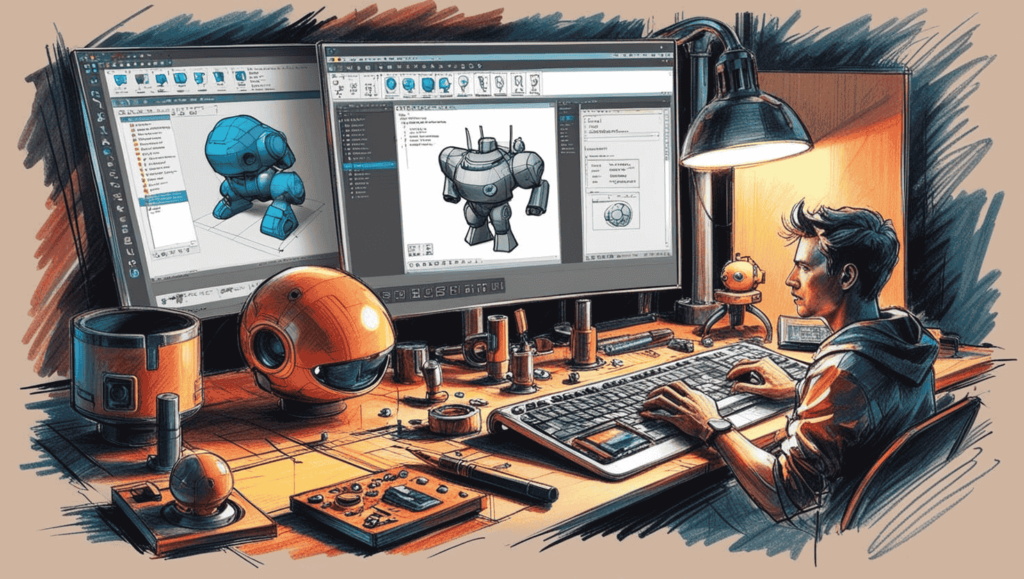
AI-driven video-to-3D modeling offers several compelling advantages, starting with automation and efficiency. AI streamlines the process by automatically extracting 3D models from video footage, significantly speeding up production and reducing manual labor. This automation is particularly beneficial for industries like gaming, AR/VR, and e-commerce, where time and cost efficiency are crucial. With AI handling most of the work, companies can focus more on creativity and innovation rather than spending extensive hours on manual model creation.
Another major benefit is photorealism. AI can replicate natural lighting, soft shadows, and realistic reflections, creating 3D models that surpass traditional polygon-based 3D modeling in visual quality. This realism is essential for industries like film, virtual reality, and architectural design, where lifelike details enhance user experiences. Scalability is also a key advantage of AI-powered 3D modeling, as it allows for rapid creation of large datasets of 3D objects. Companies like IKEA and Shopify are already leveraging AI-generated 3D models to offer virtual product previews for customers, enhancing the shopping experience with features like virtual furniture placement in homes.
Challenges in Video-to-3D AI
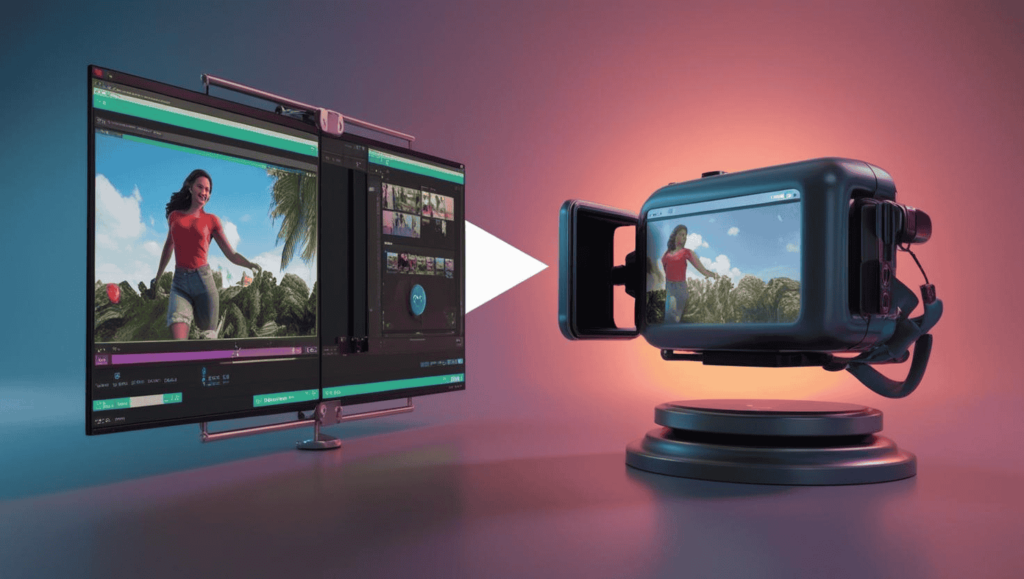
Despite the many benefits of video-to-3D AI, there are still several limitations that need to be addressed. One significant challenge is its computational demands. AI-powered 3D modeling requires powerful GPUs and cloud-based resources for fast processing, making it resource-intensive, especially for larger projects. These high hardware requirements can limit its accessibility for smaller studios or independent creators who may not have access to advanced computing resources.
Another limitation lies in accuracy issues. While AI has made great strides in creating photorealistic 3D models, it can still struggle with more complex surfaces, transparent objects, and fast-moving elements in videos. This can result in models that may lack the precision needed for certain applications, particularly in industries like architecture or medical imaging where high accuracy is essential. Additionally, AI-generated 3D models often lack the editing flexibility of traditional models, such as those created in CAD software like Blender or Maya. These software tools offer precise manual control, allowing designers to make detailed adjustments. However, AI-generated models might require post-processing to refine the details, limiting their immediate usability in certain creative workflows.
Comparison: AI 3D Modeling vs. Traditional 3D Methods
| Feature | AI-Based 3D Modeling | Traditional 3D Modeling |
| Speed | ✅ Faster (automated) | ❌ Slower (manual) |
| Photorealism | ✅ More natural lighting & depth | ❌ Requires shaders & texture mapping |
| Editing | ❌ Harder to modify | ✅ More flexible for animation |
| Cost Efficiency | ✅ Reduces manual labor | ❌ Expensive in time & resources |
Example: Video-to-3D AI is ideal for real-time applications (gaming, AR/VR), while manual 3D modeling remains essential for highly customized animations & character rigging.
Best AI Tools for Video-to-3D Conversion
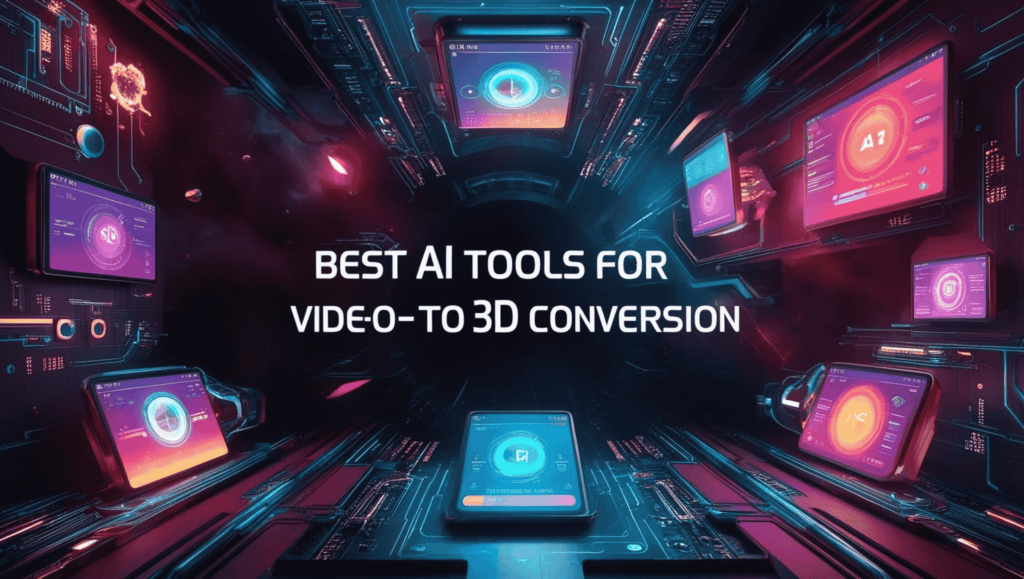
Some of the leading AI-powered video-to-3D model tools are transforming the way 3D models are created from video footage. Here are a few notable examples:
🔹 Luma AI – Luma AI uses NeRF-based technology to generate high-quality 3D captures from video footage. This tool is highly effective in creating photorealistic 3D models, ideal for industries like gaming, VFX, and virtual environments. The ability to extract detailed textures, lighting, and depth from video makes Luma AI a powerful tool for realistic scene reconstruction.
🔹 NVIDIA Instant NeRF – NVIDIA’s Instant NeRF is a real-time 3D scene reconstruction tool that can quickly turn 2D images or video frames into 3D models. This makes it ideal for fast-paced applications like AR/VR and gaming, where real-time rendering is crucial. It leverages volumetric rendering and AI technology to create high-quality models on the fly.
🔹 Meta’s AI 3D Reconstruction – Meta’s tool is used primarily for metaverse development and AR applications. By converting videos into 3D environments, it enhances the immersive experience of virtual worlds and real-time interactions.
🔹 Kaedim AI – Kaedim AI specializes in converting sketches and video frames into editable 3D models. This tool is especially beneficial for game developers and digital artists looking for customizable 3D assets without the complexity of traditional modeling.
Each of these tools offers unique features, and the right choice depends on your specific use case, such as the speed, accuracy, and quality required for your projects.
Applications in AR/VR
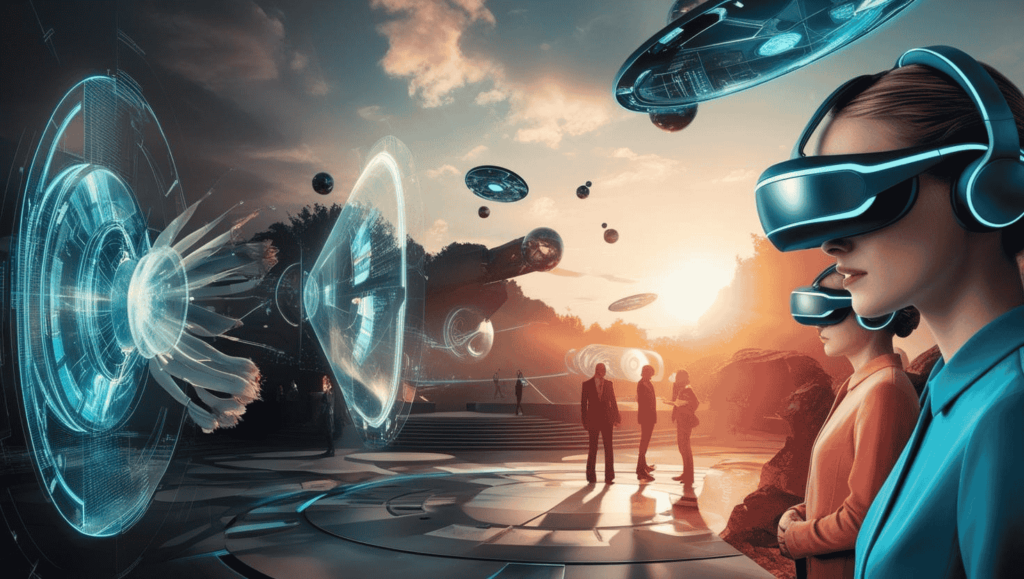
AI-generated 3D models from video are revolutionizing augmented reality (AR) and virtual reality (VR) experiences by streamlining the creation of immersive environments and enhancing interactivity. Here are some of the key ways AI is transforming these fields:
Real-time 3D Environments – AI enables the creation of real-time 3D environments directly from real-world video footage. This technology helps deliver a seamless transition from physical to virtual worlds, crucial for applications in AR/VR gaming, architecture, and entertainment.
Enhanced AR Shopping Experiences – AI-generated 3D models are transforming AR shopping by allowing customers to preview products in 3D, interact with them, and visualize how they fit in real-world spaces. This boosts engagement and provides a more immersive, realistic shopping experience.
Optimized VR Gaming – In VR gaming, AI reduces the manual work involved in asset creation, speeding up the production of 3D models and environments. This allows developers to focus more on gameplay, leading to faster game development cycles and richer gaming experiences.
Example: Pokémon GO uses AI-generated 3D models to create interactive AR experiences, while IKEA Place allows customers to visualize furniture in their homes using 3D models, enhancing the shopping process.
To dive deeper into how AI is changing the filmmaking industry, explore our insights on Luma AI: The Future of AI Filmmaking.
Gaming Industry & AI 3D Models
AI-powered video-to-3D conversion is reshaping the landscape of game development by streamlining several critical processes and enhancing the overall gaming experience. Here are some of the ways AI is revolutionizing this industry:
Automating World-Building – AI enables the creation of highly realistic game environments by converting real-world footage into immersive 3D landscapes. This dramatically speeds up the process of world-building, allowing developers to focus on gameplay and storytelling.
Enhancing NPC Animation – AI-generated 3D models make it easier to create dynamic NPC (non-playable character) animations, enabling more realistic and responsive character interactions. This enhances player immersion and enriches the gaming world.
Reducing Development Time – With AI, the process of creating 3D assets is automated, allowing developers to generate vast quantities of 3D models quickly. This significantly lowers production costs and reduces development time, enabling faster game launches.
Example: Epic Games and Unreal Engine are actively investing in AI-powered 3D environments for their open-world games, using AI to streamline the creation of expansive, dynamic virtual worlds.
AI-Powered 3D Reconstruction in VFX & CGI
Film and animation studios are increasingly adopting AI-powered 3D modeling to streamline production and enhance visual effects. This technology is significantly improving the efficiency and quality of digital content in various ways:
Faster CGI Effects – AI automates the generation of 3D scenes directly from real-world video footage, cutting down the time required to create complex CGI effects. This allows studios to deliver high-quality results more quickly and efficiently.
More Realistic Character Animation – By utilizing AI-driven volumetric rendering, studios can create digital doubles and realistic character animations, ensuring that characters move and interact naturally within 3D environments. This leads to more lifelike portrayals in film and animation.
Cost-efficient Production – With AI automating the tedious process of 3D modeling and rendering, film studios can significantly reduce production costs. This efficiency allows them to allocate resources to other aspects of filmmaking, such as storytelling and special effects.
Example: Marvel Studios is leveraging AI-powered 3D model generation to craft immersive digital environments and create lifelike CGI characters, pushing the boundaries of visual storytelling in blockbuster films.
Final Thoughts: The Future of Video-to-3D AI
AI-driven video-to-3D model conversion is reshaping industries by making real-time 3D asset creation more efficient, photorealistic, and scalable. While computational challenges and editing limitations still exist, continued advancements in NeRF, volumetric rendering, and AI-enhanced depth estimation will push the boundaries of real-time 3D content generation. Whether in gaming, film, AR/VR, or digital commerce, video-to-3D AI technology is paving the way for the future of immersive digital experiences.